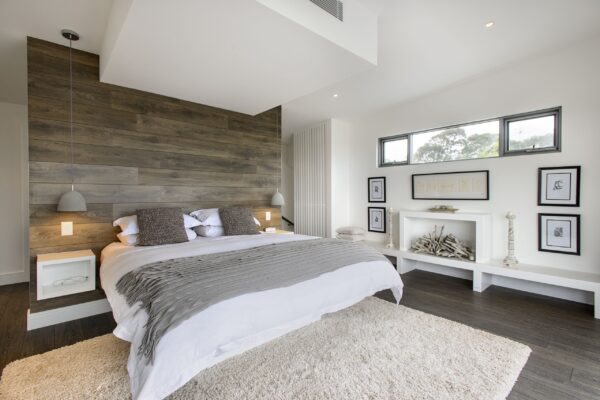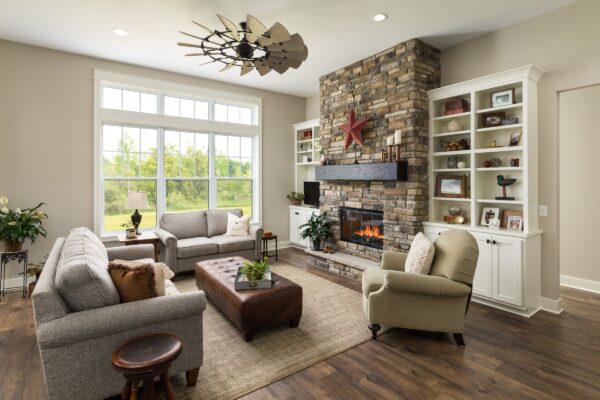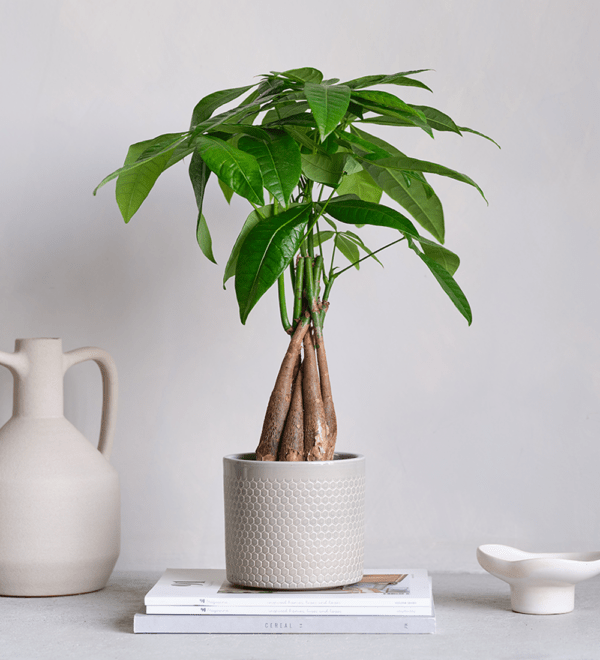
5 Tips for Choosing the Best Rug for Your Living Room

It’s no secret furnishings and decor can completely transform a room. They can certainly affect its appearance, but that’s only part of the picture. They can change the ambience of the room as well. They can even make it seem larger or cosier than it actually is. With the right furnishings in the proper places, you can bring an entire room together and make it flow more smoothly.
Several elements come into play when you’re bringing a room to life from furniture to mirrors and lighting. If you’re looking for a way to add extra visual appeal to a space while also making it more comfortable and inviting, an area rug may be the answer. Of course, it’s important to choose the right rug for the room. The following tips can help you do just that.

1) Know Your Rugs
First of all, it’s important to understand the different types of living room rugs and their purposes. Area rugs are popular choices. They’re usually larger; in fact, they’re designed to cover the majority of the floor in a room. They’re typically rectangular as well. These rugs come in numerous sizes from 3 by 5 feet all the way up to 12 by 15 feet and beyond. You can also have custom area rugs made to fit rooms of unusual sizes or shapes. These rugs are designed to add warmth and comfort to rooms. They can also be used to help separate large rooms into different zones.

Throw rugs, also known as accent rugs, aren’t quite the same. Like area rugs, they’re available in different sizes. They’re usually smaller than area rugs, though. They also come in an array of shapes, including round or oval. Some have irregular shapes for added character. Accent rugs are meant to add interest and aesthetic appeal to a room. They can also be used to hide small stains or damage instead of having completely new flooring installed.
2) Find the Right Size
Once you understand the different types of rugs and their purposes, it’s time to choose the right size for your space. As noted, area rugs are made to span most of a room. Generally speaking, you should leave about 18 inches of space between the edges of an area rug and the walls of a room. If the rug is too small, it could make the room feel disorganized. It might look as though you didn’t put much thought into bringing the room together. On the other hand, if the rug is too large, it might make a room feel smaller than it actually is.
That being said, there’s no set-in-stone rule that says you have to leave 18 inches around your area rug. You can choose one that’s a bit larger or smaller depending on the other furnishings you have in place and your personal preferences. Experts recommend choosing a rug that at least extends underneath the front legs of all the primary pieces of furniture in the room.
Those rules aren’t quite the same for accent rugs. They can be placed in front of furniture as decorative pieces or under a coffee table or a single chair. You can also place multiple throw rugs in a room to create more visual interest, but it’s best to avoid going overboard. Having too many throw rugs in a room can create a sense of chaos and make a room look very cluttered.
3) Choosing the Right Material

Rugs are made from a range of materials as well. The one you choose can make a major difference in the way your floor feels, and that can alter the entire atmosphere of a room. In general, rugs consist of either natural or synthetic fibers, and various options are available in both categories.
· Cotton – Cotton is a natural fiber that holds up well to constant foot traffic. It’s also easy to clean. It’s a more affordable choice than some other materials as well. Cotton rugs are soft and comfortable, which makes them a common choice.
· Silk – Silk rugs are also popular. This is a natural material that’s smooth, soft, and luxurious. Contrary to popular belief, silk rugs aren’t overly delicate. In fact, they’re quite durable. They require special care and ongoing maintenance, though.
· Wool – Another natural material, wool is known for its warmth and comfort. Wool rugs can withstand heavy traffic, and they’re somewhat stain resistant. They can last a long time, but like silk rugs, they require a certain amount of maintenance. They’re also vulnerable to moisture.
· Jute – Jute is a natural, plant-based material with a soft texture. Jute rugs are durable and comfortable, and they can handle foot traffic, moisture, and other hazards. They can shed, though, so they need to be vacuumed regularly to keep loose fibers from getting scattered throughout your home.
· Nylon – Nylon is a long-lasting synthetic material. It doesn’t stain or fade as easily as some other fibers, and it’s softer than some other materials. On the downside, nylon rugs aren’t as breathable as other options, and they can show dirt more than other materials.
· Acrylic – Acrylic is also a synthetic material. Despite being a type of plastic, rugs made of this material are soft and plush. They’re also easy to clean. They’re an affordable alternative to certain natural rugs, but they may not last as long as more expensive options.
These are some of the most popular materials for rugs. Others are also available, but they not be as easy to find, and their selection may be limited. Consider texture, longevity, stain resistance, and other factors to help you choose the best one for your home.
4) Colours and Designs
Different colours and designs are also important aspects to think about. Light and solid colours can make a room feel larger and more airy. Dark colours and bold patterns tend to make rooms seem smaller and more closed-in.
It’s important to choose rugs that don’t clash with your furniture and other furnishings as well. If you have monochromatic furniture and walls, a rug with bright colours and vibrant patterns may work well. For colourful, patterned furniture and walls, though, a rug in a solid colour would be best.
5) Textures
You’ll also find numerous rug textures to choose from. Some rugs are braided, which can be a bit rough on the feet depending on the materials they’re made of. Shag, hide, and faux fur rugs are unique, but they can be more difficult to clean. An array of woven rugs are on the market, each with its own unique texture. Conventional rugs, similar to the carpeting in many homes, come in various pile heights as well.
Finding the Perfect Rug for Your Living Room:
An array of rugs is available in different sizes, shapes, colours, designs, materials, and textures. Many people prefer simpler rugs made of natural materials for their homes. They serve their purposes well, and they can add endless beauty to a room. Synthetic materials often require less upkeep while still offering aesthetic appeal, but many people feel they just don’t measure up to natural options. The right rug for your living room is very much a matter of personal preference, but keep the points mentioned here in mind to help you choose.












































